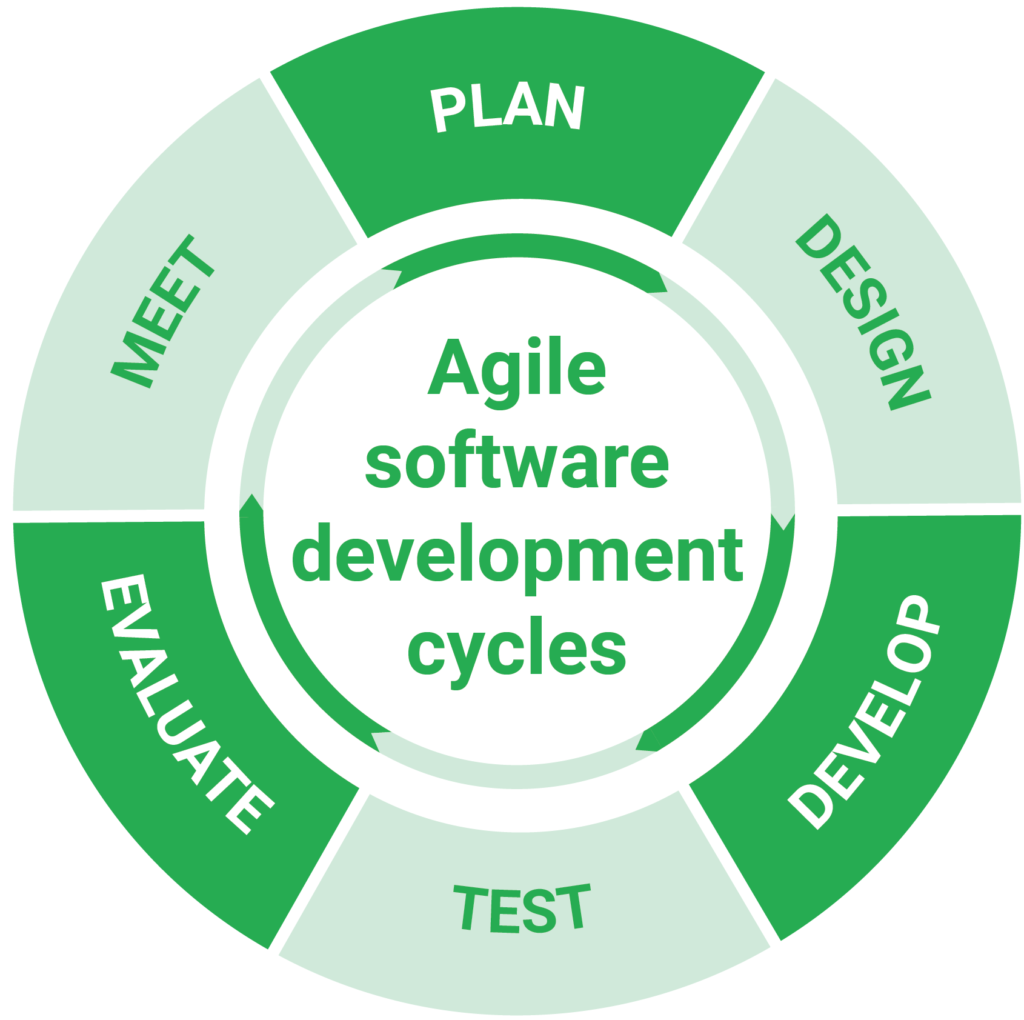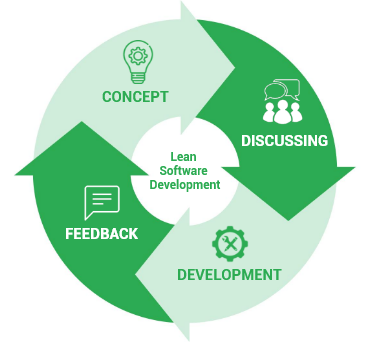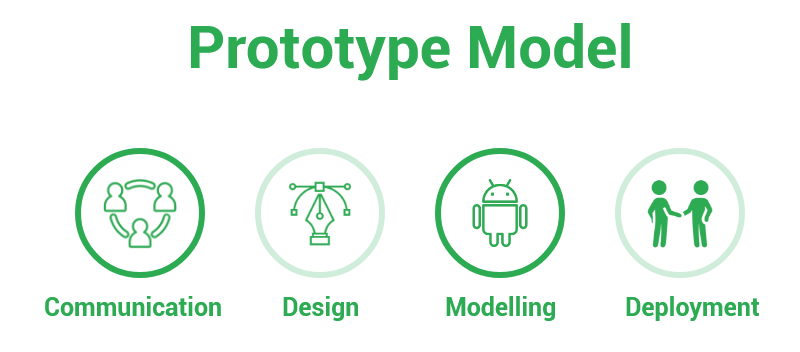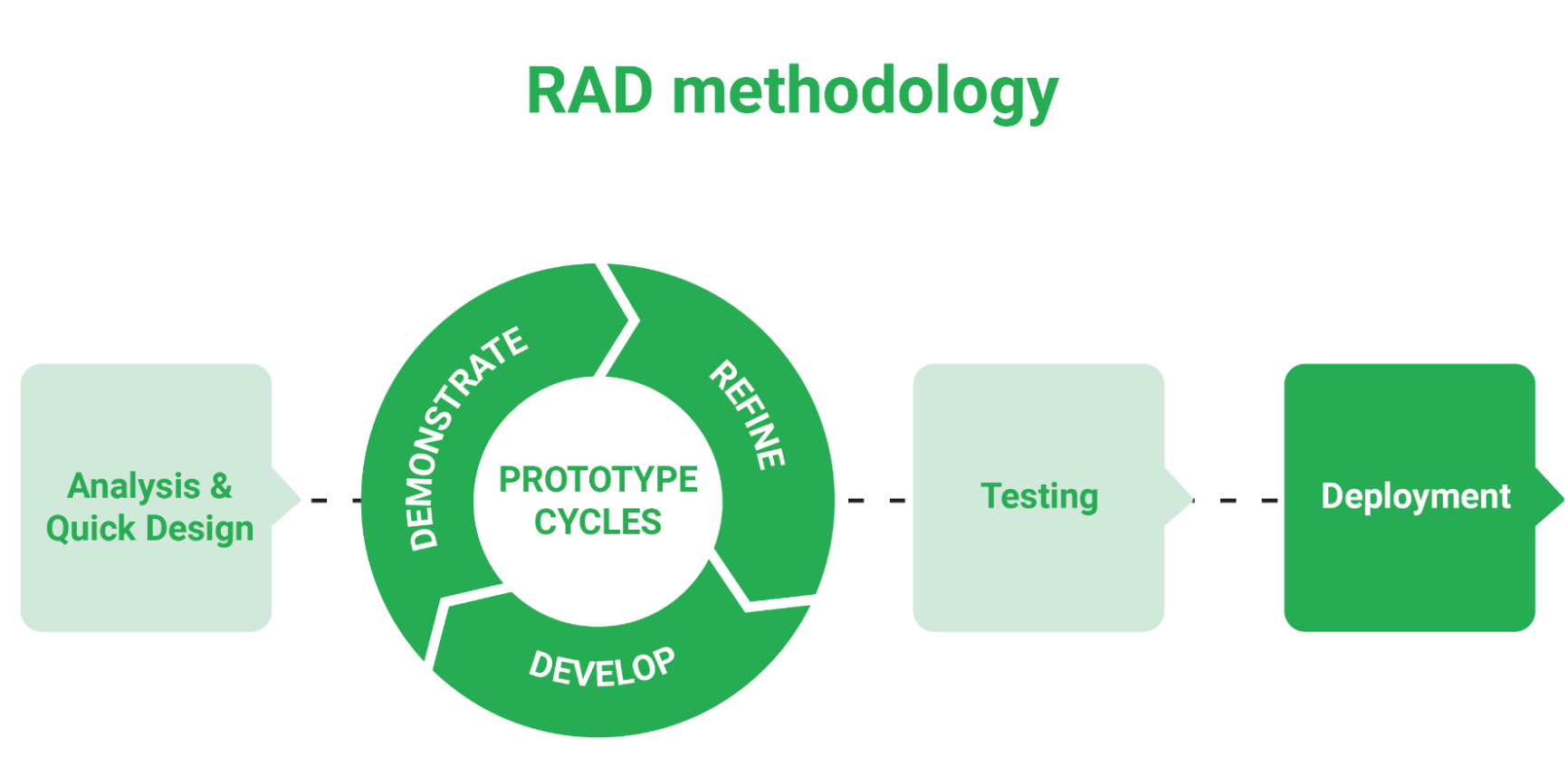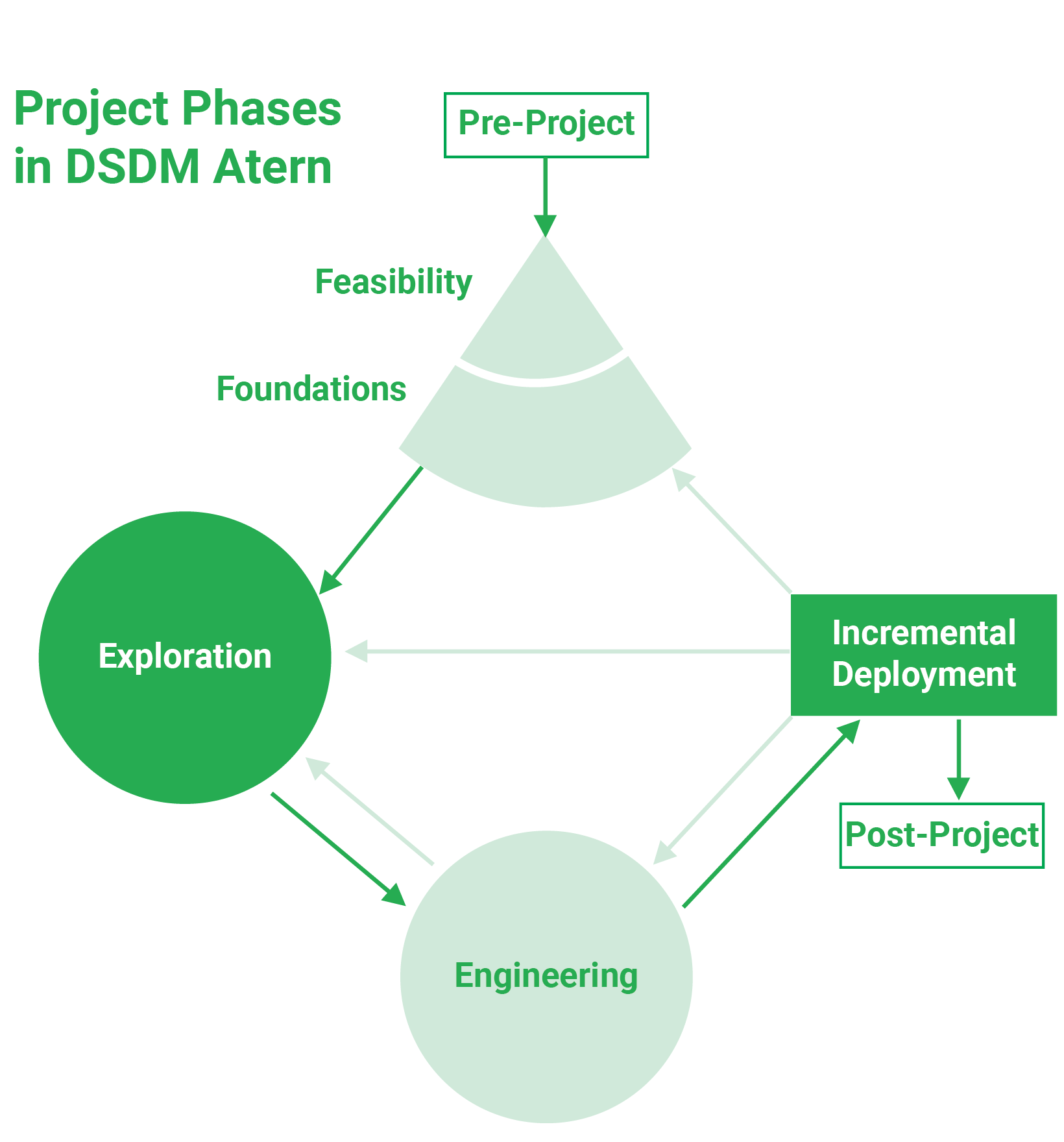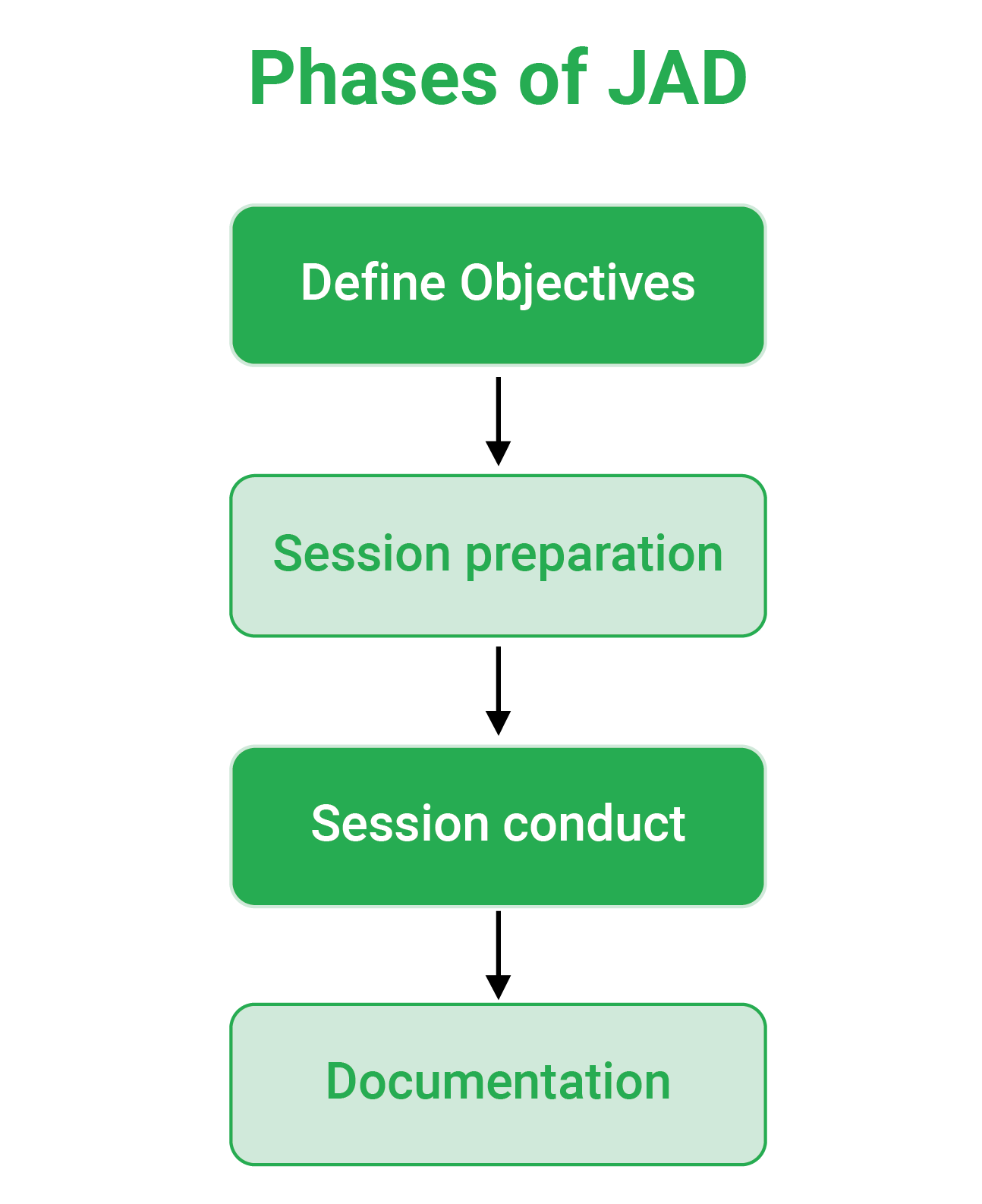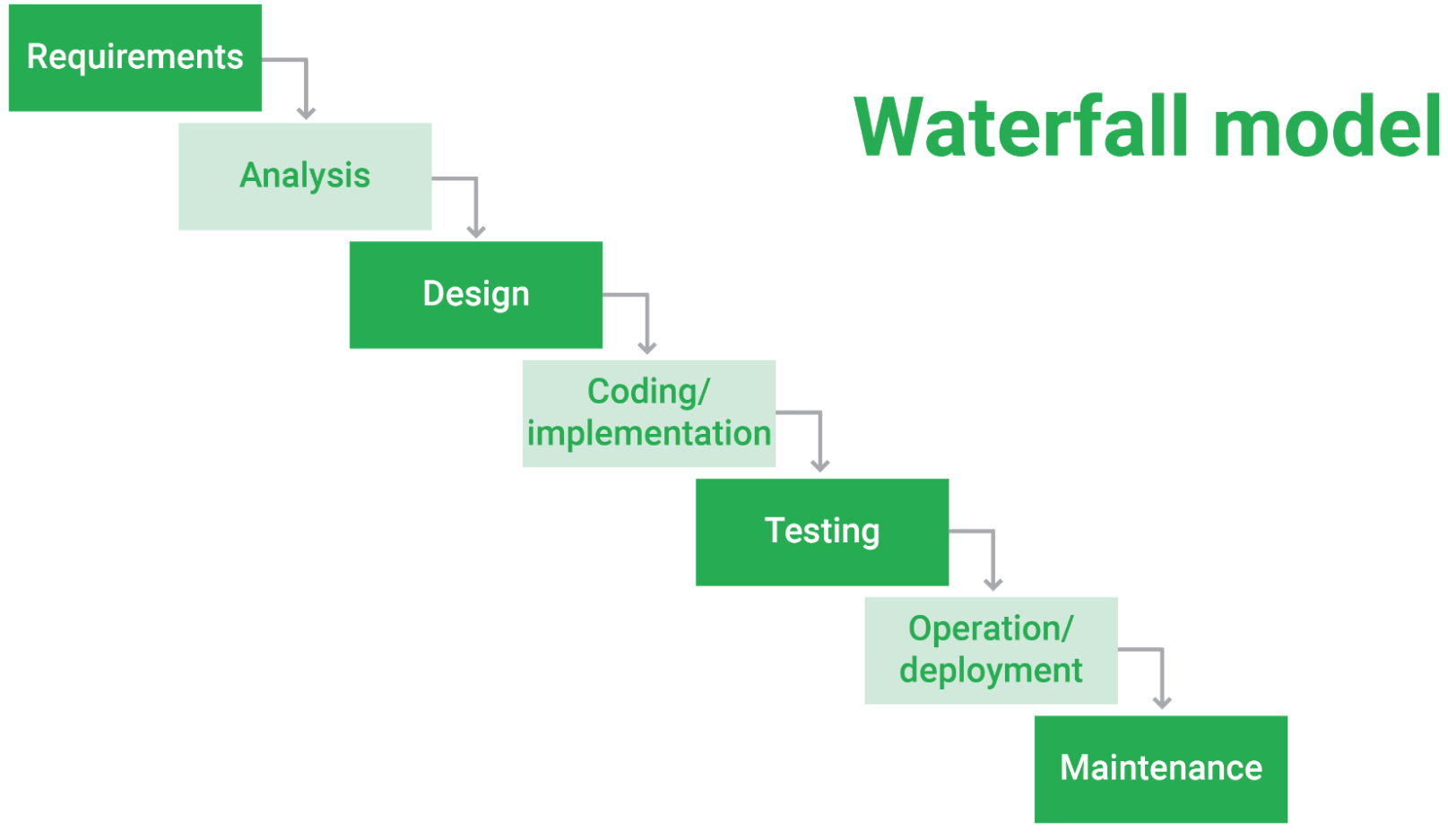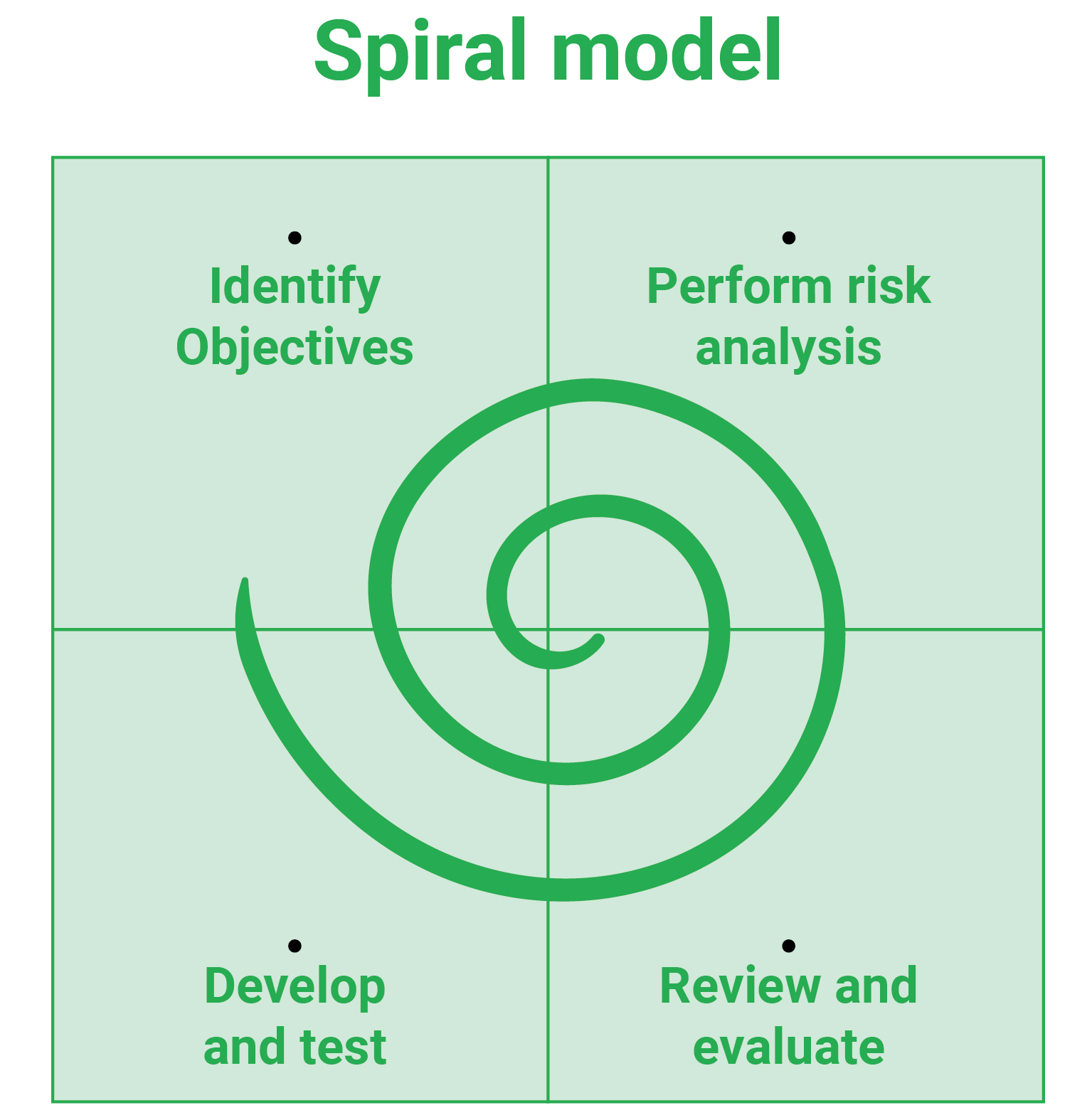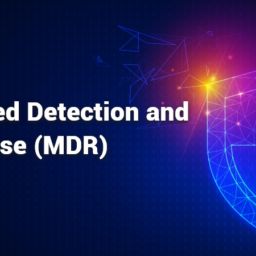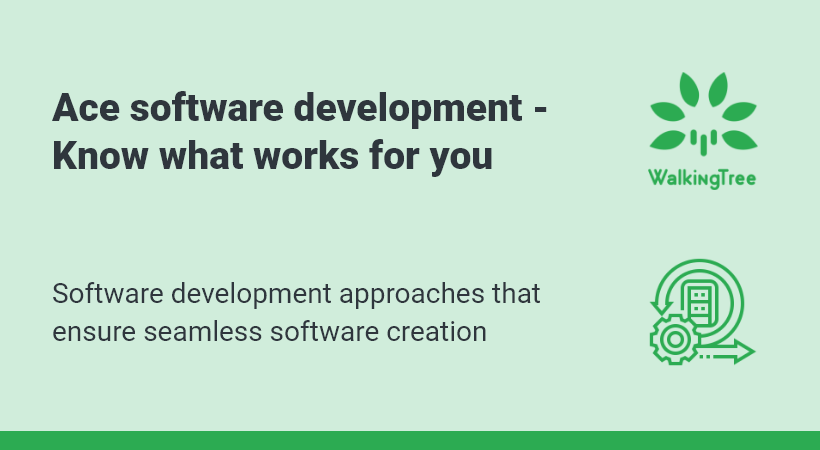
Nearly 66% of the software projects fail every year for not adhering to the right practices. Software development techniques, indubitably, play an important role in the creation of a software system with seamless software development. However, it is critical to select the appropriate software development technique, as several methodologies focus on attaining the desired outcome at a reasonable cost and in the least amount of time.
These approaches provide a foundation for developers and designers to use in order to create a result-oriented software framework. Despite the fact that numerous models are accessible, it is critical to select the right methodology for a given project. To ease your task, in this blog we will walk you through the top software development approaches and you can use the ones that work best for you.
Top 9 Software Development Approaches: A Complete List
1. Agile Development Methodology
In recent years, agile approach has become one of the most popular software development methodologies. It differs from the traditional linear method in that it takes a different approach where instead of emphasizing paperwork and inflexible procedures, it focuses on customer satisfaction.
Tasks are broken down into tiny sprints that take 1 to 4 weeks to complete in Agile. It’s an iterative model in which many tests are run as the project proceeds. Customers’ feedback is constantly sought by developers, who then make modifications to the software. In Agile, communication is a top emphasis, especially amongst engineers, clients, and users.
Advantages
- Because of the iterative effort in testing and fine-tuning, software has few flaws
- Due to frequent and transparent development, there is clarity between team members during development
- Changes in project specifications are easily addressed and implemented with minimal disruption to the timeframe
- Overall, the quality of the output has improved
Disadvantages
- Overwhelming modification requests can cause the team to lose focus
- In Agile, documentation takes a back place, which can be problematic later on in the development process
- Agile emphasizes team conversations and feedback, which can be time-consuming
- Agile requires skilled developers who can work autonomously due to its non-structured style
2. Lean Development Methodology
Toyota’s lean manufacturing concepts inspired the lean development movement. It concentrates on reducing waste and improving output. Developers can avoid non-productive activities while still delivering high-quality work by following the guiding principles.
Continuous learning and decision deferral are also emphasized in the Toyota-inspired methodology. It allows teams to have an open mind during the development process and examine all considerations before making a final decision.
Developers are responsible for identifying bottlenecks that could stymie the process using the lean methodology. The goal is to create a system that is both efficient and reliable. Human respect is also emphasized in the process, which means that communication is essential for improving team collaboration.
Advantages
- Reduces project waste, such as redundant coding, needless documentation, and time-consuming chores
- The use of lean concepts reduces the overall cost of development
- Because lean development encourages efficiency, the software’s time to market is shortened
- Increased motivation among team members when more decision-making authority is given to them
Disadvantages
- To be effective with lean development, you’ll need a team of highly skilled developers, which isn’t easy to come by
- The obligations can overwhelm less-skilled developers, causing them to lose focus on the project
- A lot of paperwork is required, which puts a lot of pressure on the business analyst
3. Prototype Model Approach
The prototype model allows developers to work on a prototype version of the eventual product rather than producing a full-fledged software. Customers can then test, evaluate, and provide comments on the prototype.
The prototype goes through multiple stages of development based on the customer’s feedback until it’s judged satisfactory. The advantage of the prototype technique is that it allows for a thorough examination that exposes potential problems before actual development begins.
The effectiveness of this technique depends not just on the development team, but also on how well they communicate with clients during the test. It’s also worth noting that the prototype is frequently built at no expense to the developers.
Advantages
- Good in identifying and resolving possible issues early in the development process, lowering the risk of product failure
- Before beginning genuine development work, ensures that the customer is satisfied with the ‘product
- Early on in the project, establish a rapport with the customer through discussions, which will aid throughout the project
- With the prototype, collect specific information that will be utilized to construct the final version
Disadvantages
- Excessive back and forth with the customer when testing the prototype can cause the development date to be pushed back
- The prototype may not match the customer’s expectations for the final product
- Because the developer frequently pays for prototype work, there is a possibility of cost overrun
4. Rapid Application Development Approach
In 1991, the Rapid Application Development (RAD) methodology was created, and it became the basis for modern iterative frameworks. It focuses on producing items in a considerably shorter amount of time without sacrificing quality.
The RAD framework is a four-step process that includes project requirements, prototyping, testing, and implementation. RAD, as opposed to linear models, focuses on creating prototypes based on the specified requirements and testing them with the customer. This is done through several iterations until the consumer is satisfied with the outcome.
Extensive prototype testing yields useful input, which helps to minimize much of the product risk. When RAD is used, there is a good likelihood that the product will be released on time. RAD frequently employs development tools that automate and streamline the development process.
Advantages
- Regular client input helps to reduce risks
- Customer satisfaction has increased
- It’s ideal for small and medium-sized projects
- Reduces the time it takes to get a product to market
Disadvantages
- Totally reliant on a quick-to-respond consumer
- A team of highly talented and experienced developers is required
- Not ideal for tasks with a limited budget
- There is a lack of paperwork to track progress
5. Dynamic Systems Model Approach
Much of the Dynamic System Model’s principles come from the Rapid Application Development framework. This improved methodology aims for on-time delivery and project goals that are aligned with company needs. Feasibility and business study, functional model, design and build, and implementation are the four iterative processes.
End users are heavily involved in providing input throughout the process. This lowers the chances of deviating from the project’s objectives and needs. Most Agile frameworks lack thorough documentation, which the Dynamic Systems Model provides.
Advantages
- Basic software functionality is produced quickly thanks to the iterative process
- Developers have more control over the timing and money for their projects
- Throughout the development process, necessary documentation is developed
- To keep the team on track, establish communication between end-users and developers
Disadvantages
- It might be fairly costly to carry out. A significant degree of user and developer interaction is required, and training them takes a significant amount of money
- This concept will be difficult to apply for smaller teams
- The model’s concept and implementation are both fairly complicated
6. Feature Driven Development Approach
FDD (Feature Driven Development) is an Agile-based software development methodology. Its purpose is straightforward: to avoid misunderstandings that result in costly rework. FDD is frequently misunderstood as focused on each programme feature. It isn’t the case.
Breaking down development activities into a feature list on the overall model is what Feature Driven Development achieves. Developers go through an iteration of planning, designing, and building for each feature. A feature should typically take no more than two weeks to complete.
Advantages
- Breaks down complex jobs into smaller tasks, resulting in increased efficiency
- Allow huge groups to work on several things at the same time
- Predefined standards and best practices contribute to predicted success
Disadvantages
- Smaller projects are ineligible
- The lead developer is extremely important since he or she is in charge of coordinating duties between team members
- Because the model is driven by actions, it can occasionally depart from delivering value to end-users
7. Joint Application Development Methodology
JAD is a requirements-definition and user-interface development approach in which end-users, clients, and developers meet for intensive off-site sessions to work out and complete software systems. This methodology tries to involve the client in the application’s design and development. With a series of collaborative workshops, JAD sessions readily achieve desired targets. Rather than technical specifics, the main objective of this paradigm is to solve the business problem. As a result, it’s ideal for creating business processes.
Advantages
- This technology enables the simultaneous collection and consolidation of massive amounts of data. All risks are reduced when the company and the clients work together
- This method of software development efficiently generates vast amounts of high-quality data in a short amount of time. It helps to cut down on project development costs and time
- In this manner, the disputes are swiftly settled with the help of the organizer
- This paradigm creates a space where multiple points of view on an issue can be discussed
- System quality is improved by well-defined criteria
Disadvantages
- The JAD approach takes a long time to implement since it necessitates extensive planning and scheduling on the side of the project development team
- It necessitates a big time and effort investment on the part of the investor
- This method necessitates the use of trained and experienced staff to ensure the project’s success
- It’s tough to synchronize goals and sustain concentration when members of the team have differing viewpoints
8. Waterfall Development Methodology Approach
The waterfall methodology is still applicable in some projects today, despite being used for decades. It’s a straightforward, linear strategy in which development stages are organized into a series of sequential, cascading steps.
Because the waterfall development process is simple to grasp, it is common among teams with little design knowledge. Before moving on to the next stage, each one must be accomplished. Before design can begin, for example, all requirements must be determined.
There is no going back in this method, just as there is no going back in a waterfall. As a result, the waterfall method is inflexible and should be avoided for projects with quickly changing needs.
Advantages
- The linearity of the waterfall model makes it easy to understand, particularly for new developers
- All specifications and deliverables are spelled out before the development commence
- There’s no room for miscommunicating information with the waterfall model as it’s clearly defined in each stage
Disadvantages
- It does not include consumer feedback in the early stages, which raises the danger of the project deviating from the original plan
- Testing is done only at the end of the development process. Some issues get more difficult to resolve as time passes
- The waterfall model’s rigidity prevents adjustments, making it inappropriate for complex projects
- Instead of delivering solutions that solve the user’s concerns, the team may spend too much time on documentation
9. Spiral Model Approach
The Spiral Methodology is a sophisticated model that focuses on identifying and reducing project risks as early as possible. In this software development approach, developers begin on a modest scale, then investigate the project’s hazards, devise a plan to mitigate the risks, and then determine whether to move forward with the project and complete the next iteration of the spiral. The success of any Spiral Lifecycle Model is contingent on the project’s management being dependable, attentive, and informed.
Advantages
- As a result of the extensive risk analysis performed, the likelihood of encountering a potential risk is greatly reduced using this approach
- This paradigm is suitable for large-scale and time-sensitive tasks
- Additional functionality can be added to the spiral model at a later time
- In this paradigm, development is quick and features are added in a systematic manner
- It’s better suited to high-risk initiatives when company needs change on a regular basis
Disadvantages
- In terms of development, it is unquestionably a pricey paradigm to employ
- The risk analysis phase is critical to the overall project’s success, hence failure in this phase could jeopardize the entire project
- It is unsuitable for low-risk tasks
- The main danger of this system is that it might go on endlessly without ever being completed
- Documentation is more complicated because it involves several stages
The software development approaches listed above are extremely significant and are commonly utilized in a variety of software development projects. Furthermore, depending on the nature of the project, all of these famous software development approaches work effectively in some projects. It’s not uncommon for an approach that works well for one project to fail for another.
Additionally, none of these software development approaches are perfect – each has its own set of advantages and disadvantages. As a result, software engineers must be familiar with all of these methodologies before choosing one for their software development projects.
To know which approach will work best for you, do drop us a line on connect@walkingtree.tech
